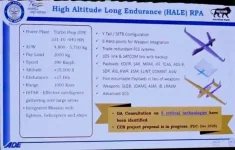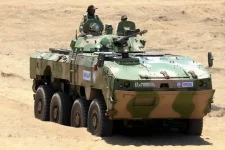- Views: 3K
- Replies: 7
The Aeronautical Development Agency (ADA) is taking a forward-looking approach to the development of the Twin Engine Deck-Based Fighter (TEDBF) for the Indian Navy.
Recognizing the Navy's potential transition to a new aircraft carrier configuration in the future, ADA is planning two variants of the TEDBF: one optimized for Short Take-Off But Arrested Recovery (STOBAR) operations and another for Catapult Assisted Take-Off But Arrested Recovery (CATOBAR) operations.
India's current aircraft carriers, INS Vikramaditya and INS Vikrant, utilize the STOBAR configuration, which involves a ski-jump ramp for takeoff and arresting gear for landing. The upcoming second indigenous aircraft carrier, IAC-2, is also expected to feature this configuration.
However, the Indian Navy is considering a shift to CATOBAR for its future carriers, potentially starting with IAC-3. CATOBAR systems use catapults to launch aircraft, enabling heavier payloads and increased operational flexibility.
The TEDBF is being designed primarily for STOBAR carriers, but ADA is incorporating modifications to make it compatible with CATOBAR systems as well. This adaptability will ensure seamless operations across both types of carriers, future-proofing the Navy's air wing capabilities.
To achieve this, the CATOBAR variant of the TEDBF will require several key design modifications:
- Structural reinforcement: To withstand the stresses of catapult launches.
- Landing gear enhancements: For compatibility with Electromagnetic Aircraft Launch Systems (EMALS) and arrestor wire systems.
- Performance optimization: Adjustments in engine thrust and weight distribution to cater to CATOBAR operations.
Developing both STOBAR and CATOBAR variants of the TEDBF is a strategic move that ensures operational continuity as the Navy transitions to more advanced carrier configurations. This approach also reinforces India's commitment to self-reliance in defence technology.
The CATOBAR-capable TEDBF will provide the Navy with a modern fighter jet to counter regional threats and secure its maritime interests. With IAC-3 still in the conceptual stage, the Navy has ample time to align its air wing plans with carrier design changes. The TEDBF program is central to this strategy, ensuring India's carrier fleet remains equipped with state-of-the-art fighters well into the future.


